|
Yoga is not a practice for the Young. It is a practice to keep us feeling young. As you age the movements, breath work, and mindfulness practices of Yoga can help you to continue living a full and engaging life. Yoga for the YoungWhen I was in my early twenties I was in so much pain that there were occasions when I couldn't stand up straight. My lower backed was compressed. The activities of my daily life were increasing the damage. I saw the doctor, took muscle relaxants, stopped running and went to the chiropractor. Then, my friends invited me to audit a Yoga class. Everything changed. I had found a way to feel well and to reduce my back pain. I started seeking out places to practice Yoga. I visited gyms, studios, people's homes, American Legions, community centers, and more. I sought Yoga classes everywhere I went. Eventually, I decided that vinyasa was my preferred style of practice. At the gym and eventually, my teacher's studio, I was the star student. I knew every posture and could flow through the sequences almost flawlessly. Headstands and handstands, arm balances and backward bends were my favorite postures. Yoga is WellbeingI trained to become a Yoga teacher and while doing so learned much about what Yoga really is. When I first began teaching I guided in the style that was most familiar; vinyasa. My teacher and guide helped me to identify what was out of balance in my practice. She suggested I work on alignment. Again, everything changed. I dove deep into study of anatomy and physiology, the body and psychology. The way in which I practiced and taught changed. I started to identify my own imbalances and began to help others recognize theirs. The more I practiced, the slower my asana and the more intentional my practice became. I was less interested in the athleticism of the practice. Caring for my body, mind, emotions, and energy became my focus. I wanted to do things that will keep me feeling well in every way. Yoga as We AgeApproaching the practice with awareness of self opened new doors. Clients with specific needs including anxiety, Rheumatoid Arthritis, cancer remission, spinal issues, Multiple Sclerosis, Sciatic pain, recent surgery, Ankylosing Spondylosis, Scoliosis, overweight, as well as other minor and major limitations began seeking me out. Practicing therapeutic Yoga includes more than just addressing bodily needs. We attend to every aspect of ourselves. Teaching people of all ages with all types of needs enlightened me to the importance of Yoga as we age. Whether 19 or 99, Yoga is accessible and available for all. Every posture can be varied or adjusted to serve individual needs. Pain can be managed, discomforts reduced, healing increased, and wellbeing created through the movements, breath work, and mindful practices of Yoga. Yoga as a ChallengeMy specialty is my ability to vary and create practices in the moment that serve the needs of whomever is in front of me. This skill came naturally while I was training to teach Yoga and has continued to develop over time. Anyone who sticks with the practices I guide will observe that we are always working through the various aspects of postures before we actually get into them. The pose itself may seem easy, at first, but when we break it down a new appreciation for the subtleties of each position can be developed. Practicing in a variety of locations can create challenges that you may never have expected. Your ability to focus, balance, breathe, and access the practice can be effected by where you are, who you are with, and the surface upon which you practice. Challenge yourself by creating variation in your practice and learn to serve your own needs as they continually change over time. Keep practicing Yoga, everywhere, and experience how it always provides you with exactly what you need no matter your age. Join a scheduled practice, request a private session, or deepen your individual practice now and as you age. Learn more about how we can help at LakeTahoeYoga.com.
0 Comments
At Lake Tahoe Yoga our motto is "Practice Yoga Everywhere." Yoga is what you do beyond your mat and while out in the world. Join us to learn more. Yoga is Time with Loved OnesAttending a scheduled class at a Yoga studio is a great way to be guided in movement and be around others who enjoy the same thing. If you're looking to connect with family or friends a Private Yoga Session is the best option. It reduces the variety of aspects that make people uncomfortable. The teacher is there for you, there are no strangers to compare to, you get to choose when and where to practice. 1) You all know each other 2) You can share your private jokes, converse and enjoy each other's company 3) The session is catered to your wants and needs Yoga is Body FitnessWe use the hashtag "more than poses" in just about every social post we create. This is because we know that Yoga is not limited to the postures you see people doing on mats, or on Instagram. Any physical activity that keeps your body fit and allows you to clear you head is Yoga. Of course, combining the postures described by Yoga Asana practitioners to compliment whatever physical activities you enjoy can make a significant difference. Be sure to stretch before and after aerobic activities to keep your muscles happy and your body moving well. Yoga is a Long WalkThere is beauty all around you. Give yourself the opportunity to enjoy the space in which you live. The practice of Tantra Yoga includes feeling passionate about all things, including the mundane. A slow walk around your apartment or home may reveal things to you that you typically ignore. Take a slow walk around your building or neighborhood. Cruise around the edge of your property. Do your best to view these areas as though they are unfamiliar. Enjoy a long walk. Yoga is Self CareSpa treatments are nice, but the best way to get to know yourself is to take care of your self. When we wash our hair, trim our own nails, apply a face mask, even brush our teeth we are spending time gazing upon our own bodies. The more we do so, the more familiar they become. Treat yourself to a deeply moisturizing hair treatment. Soak your feet in essential oils. Apply your own paraffin to soften your hands. Paint your toe and finger nails in crazy colors. Do it for yourself and to get to know your self. Yoga is Knowing Your SigntYou don't need to be an oracle to use cards, crystals, feathers and incense. Maybe you like to collect pretty rocks. Perhaps you're into plants. Some of us look to the stars for guidance. You already have practices that you enjoy, make your day a little better, and even though they might be considered weird by others, they provide you with some comfort. From making your bed a certain way to having fresh flowers in the house, we all engage in practices that give us peace of mind. Stick with whatever it is that serves you. If you want to explore other practices, we can probably steer you in the right direction. To learn more about how to develop practices that can help you to direct your life toward health, healing and harmony, follow @laketahoeyogastudio, book a Private Yoga Session, or reach out to Jenay to begin Realignment Coaching practices.
By Alex founded localfreshies.com® in 2014 to be the #1 website providing the “local scoop” on where to eat, drink & play in mountain towns throughout North America. When he’s not writing and executing marketing strategies for small businesses & agencies, he’s in search of the deepest snow in the winter and tackiest dirt in the summer. My First Experience Before Lake Tahoe YogaSince I’ve been diagnosed with Ankylosing Spondylitis I’ve been on a search to feel better and get healthier. I stopped smoking. I got into the gym doing exercises specifically geared towards my condition. My diet has changed. So, when I first did yoga, I chose to do a free introductory class years ago. It was ok, but it didn’t really help me. Breaking Down The BarriersI won’t lie Jenay and I are good friends and for many years she’s been trying to coax me into doing a personal session with her. The first (and only) class I did with someone else left a bad taste in my mouth. I felt like it was mumbo-jumbo. For those free-spirited individuals. I balked at the cost as well. Why the heck would I spend a $100 for one session?!?! With the help of my wife I reluctantly said “yes.” Not Just Yoga… A Physical Therapy SessionBefore we even had our 1st session she read up about my illness, looked at my x-rays, had me ask specific questions to have my doctor answer, and did a bunch of research on what things to do and not do. As we started the hour-long session… the type of yoga moves we began with warmed up the body. She explained each posture and why it was important to me. It felt less like a yoga class and more of a physical therapy session. I began to sweat. My muscles began to quiver. My First Personal Course – Mind AlteringBy the end, I was exhausted physically, mentally, and spiritually. As I woke up the next morning it felts as though every muscle had finally let go. A release of pent up tightness that I didn’t know existed. It was then that I realized what Yoga is. It isn’t just stretching. It is a way for those of us who have disabilities to get better slowly. It was worth EVERY penny and I now budget my life so that I can do it every other week. The Difference Between Each Type Of ClassOver the course of the past few months there have been times when I couldn’t do the personal session and have done different levels and I’ve finally realized you get what you pay for. For those with physical issues the 1-on-1 is a MUST! You’ll get more than you’ll ever dream, but it isn’t cheap (and rightly so). The virtual 1-on-1 class is the second best, but not even close to as good as the in-person course. Last but not least, a group class with Jenay is a good substitute but it will never give you the results the other two sessions above will. If you’re in pain, tweaked something in your body, or just feel tight I HIGHLY recommend you scheduling a personal session with Jenay. You won’t regret it.
One of my favorite quotes is "Yoga is not just a work-out, it's a work-in." Something amazing happens when you begin working on something new. Whether it's skiing, playing piano, painting or Yoga; you can feel that rush that comes as you begin to develop the skills necessary to accomplish the activity. In yoga, we refer to this as Tapas. It's zeal, energy, the desire to continue. Working OutHatha Yoga begins as a practice with physical focus. We learn to direct the movement of our bodies, breath, internal functions and Prana through effort. Fitness activities such as HIIT, running, Crossfit, cycling, acrobatics, etc. can help us to develop strength, mobility and physical ability. They do not qualify as Yoga practices, but do align with the idea behind Asana (postures). The more we move our bodies, the better we understand them and more control we have over them. Beyond these work outs are the practices of Yoga that encourage wellness within. Pranayama (intentional breathing techniques), Satkarma (purifying techniques) and Bandha (pranic movement) are just a few of the practices that cleanse the physical body. Combining the techniques of physical fitness (work outs) and Hatha Yoga can bring about general physical health and wellness. Working InAs we keep working, practicing, and learning more, Tapas can begin to fade. Our workouts become less enjoyable, the task becomes more challenging. Our interest decreases or we become bored with the repetition. When this happens, we can become frustrated because it doesn’t feel as exciting as it did when we first began. We want to be better, to feel what we felt. We want to access what we had before or quickly become adept at something new. The challenge becomes greater and the work more difficult. This is the point in our practice when it's time to return to Svadhyaya or self-study. Refect upon where you began and how you used to feel. Consider that which has changed about your physical body. What feels different? What do you wish to continue to change? In doing so, you begin shifting your practice from simply being about the workout and, now, being about working-in. Stick With ItYoga can be tricky. It offers us great gains, growth, and wellness. Each of us has the ability to maintain and move forward on our paths. However, as these tangible, physical rewards seem to decrease, the challenges begin. We must learn to honor our limitations, push ourselves further and work-in.
Be an observer of your self. Notice the subtle changes in your appearance, wellness, thoughts and general outlook on life. Stick with the practice and you will soon be practicing Yoga everywhere. As you do so, you will continue to reveal your Self. Guest Blog by Ashley Burns
Traditionally, healthcare providers treat mental health conditions with medication and forms of therapy. Alternative methods of treatment are not considered as often. One alternative method for specific mental health conditions, yoga therapy, and thrives on a calm and patient environment. Yoga inspires body awareness through poses and controlled breathing techniques. When yoga therapy is used as complementary treatment for both anxiety disorders like post-traumatic stress disorder and depression, it can reduce physical stress responses such as high heart rate, blood pressure and respiration levels in the same vein as exercise and self-soothing techniques. Multiple studies reveal how yoga therapy can improve mental health and become proper treatment for symptoms of depression or anxiety disorders, according to a Harvard Mental Health Letter. Controlled breathing techniques, which are a significant aspect of yoga, can aid in the treatment of depression. In 2005, a German study evaluated two different groups of women with emotional distress; one group practiced yoga and the other did not receive any intervention. The yoga group practiced yoga two times a week for three months. The researchers noted that the women in the yoga group reported improvements in stress, depression, anxiety, fatigue and other factors associated with emotional distress at the end of the study. The women also reported less physical pain and better sleep compared with the control group. Along with depression symptoms, yoga therapy has also been shown to help with PTSD symptoms. Individuals with PTSD experience unwanted flashbacks or nightmares, a feeling of constant fear or danger, depression, anxiety, insomnia, irritability and more, according to the National Institute for Mental Health. A study revealed that a group of United States active duty military personnel deployed in Iraq who practiced yoga felt less combat stress than a group that did not, according to an article in the Huffington Post. In the study, 35 United States Air Force and army personnel participated in nine sessions of the “Yoga Warrior method,” a mash-up of hatha yoga and sensory-based occupational therapy techniques. After the nine sessions, the yoga group reported increased feelings of relaxation, reduced anger and sleep improvement. Yoga therapy has proven to be a capable addition to the treatment of people with depression or anxiety disorders like PTSD. A handful of descriptive preliminary studies show that yoga therapy can improve the symptoms of the participants with specific conditions. Yoga therapy is a low-risk option for all involved, so medical malpractice or side effects aren’t as widespread as they are in traditional healthcare. |
Archives
February 2023
Categories
All
|
© Lake Tahoe Yoga LTD 2020
Lake Tahoe Yoga Studio, School & Retreats
Discover Your Self ™
Zephyr Cove, NV, 89448
(775)580-7224
Design, Graphics and Photos by Jenay
Except as permitted by the copyright law applicable to you, you may not reproduce or communicate any of the content on this website, including files downloadable from this website, without the permission of the copyright owner.
The US Copyright Act allows certain uses of content from the internet without the copyright owner’s permission. This includes uses by educational institutions and by Commonwealth and State governments, provided fair compensation is paid. For more information, see https://www.copyright.gov/title17/title17.pdf.
The owners of copyright in the content on this website may receive compensation for the use of their content by educational institutions and governments, including from licensing schemes managed by Copyright Agency.
We may change these terms of use from time to time. Check before re-using any content from this website.
Lake Tahoe Yoga Studio, School & Retreats
Discover Your Self ™
Zephyr Cove, NV, 89448
(775)580-7224
Design, Graphics and Photos by Jenay
Except as permitted by the copyright law applicable to you, you may not reproduce or communicate any of the content on this website, including files downloadable from this website, without the permission of the copyright owner.
The US Copyright Act allows certain uses of content from the internet without the copyright owner’s permission. This includes uses by educational institutions and by Commonwealth and State governments, provided fair compensation is paid. For more information, see https://www.copyright.gov/title17/title17.pdf.
The owners of copyright in the content on this website may receive compensation for the use of their content by educational institutions and governments, including from licensing schemes managed by Copyright Agency.
We may change these terms of use from time to time. Check before re-using any content from this website.
Lake Tahoe Yoga. Tahoe's premier Yoga studio offering classes, private sessions, paddle yoga. beach yoga, baby and me, prenatal, alignment, vinyasa, athletic, workout, fitness, stillwater, Mindbody, teacher training, Yoga alliance, yoga therapy, bachelorette party, yoga instruction, om, aum, classes, fitness, wellness, active, exercise, athlete, stretch, flexibility, balance, mindful, meditation, restoration, yin, nidra, relaxation, breathing, pranayama, yoga sutra, yamas, niyamas, satya, ahimsa, brahmacharya, ishvara pranidhana, avidya, asteya, tapas, svadhyaya, jnana, aparigraha, wellness, outdoor yoga, corporate yoga, mountain pose, downward dog, asana, practice, tantra, hatha, raja, rajahatha, workshop, yoga workshop, vacation, ayurveda, pitta, vata, kapha, yoga om, omni, yoga shala, yoga for health, accessible yoga, partner yoga, yoga for athletes, yoga for fitness, flexibility, health, wellness, mindfulness, private yoga teacher, private yoga classes, private yoga instruction, downward dog, yoga streches, yoga for kids, yoga Tahoe, south lake Tahoe yoga, south Tahoe yoga, yoga south Tahoe, class pass, wedding yoga, senior yoga, healing, healthcare, yoga near me

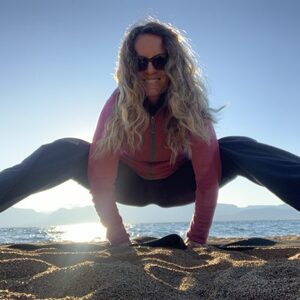
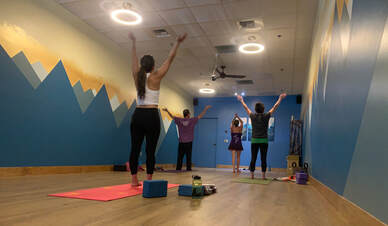
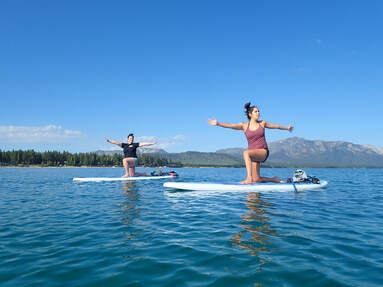
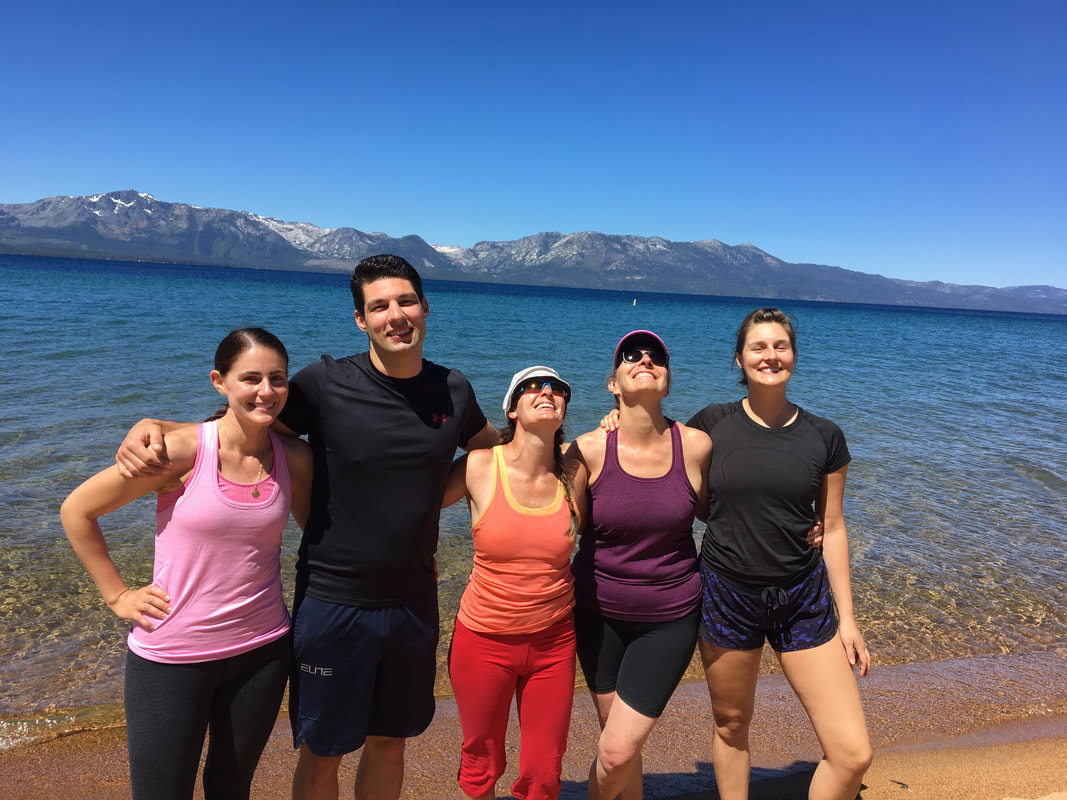
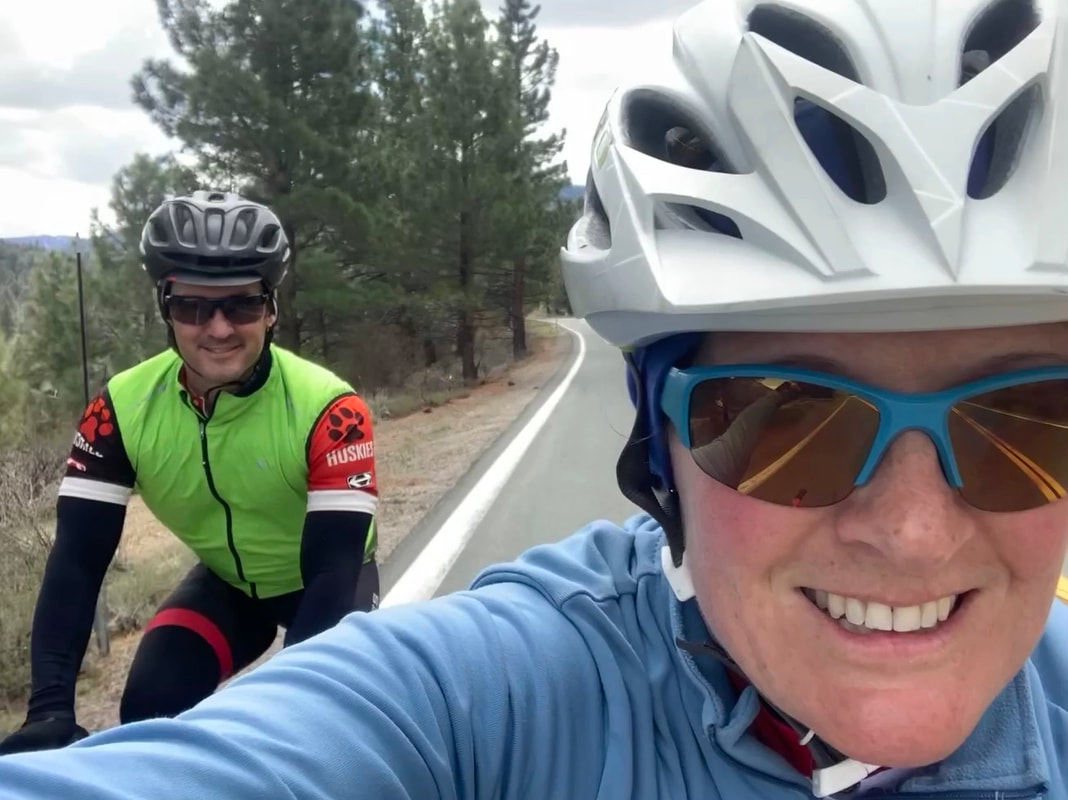
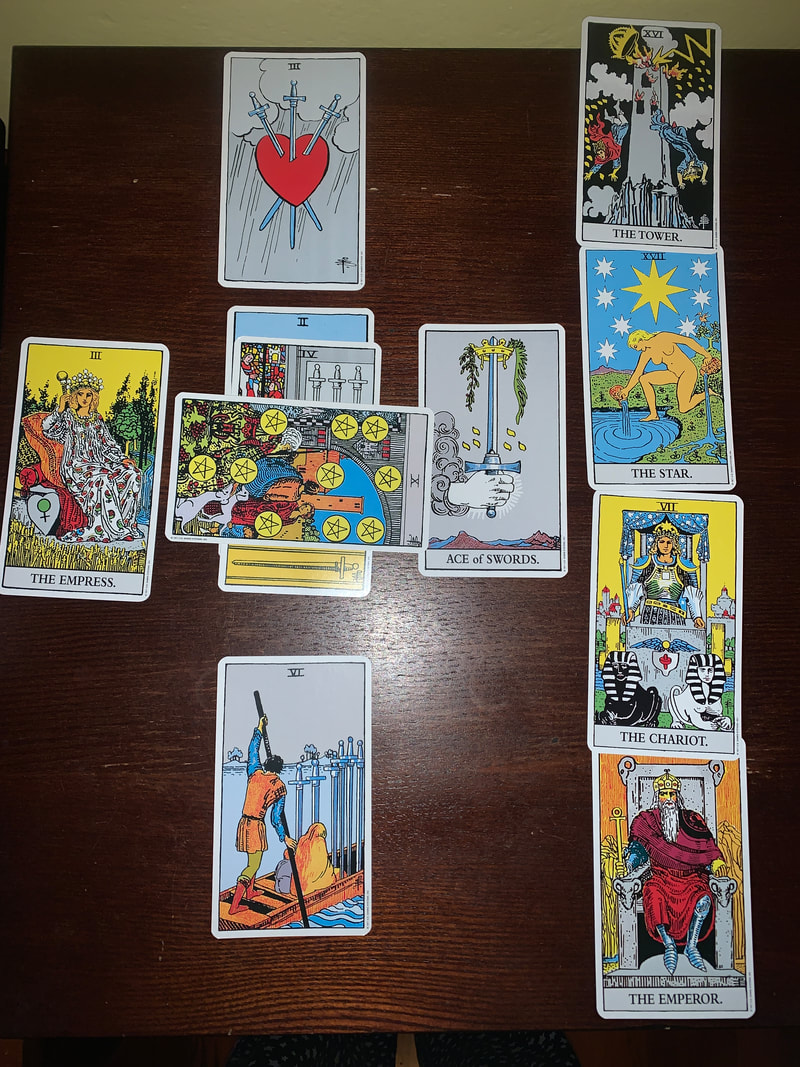
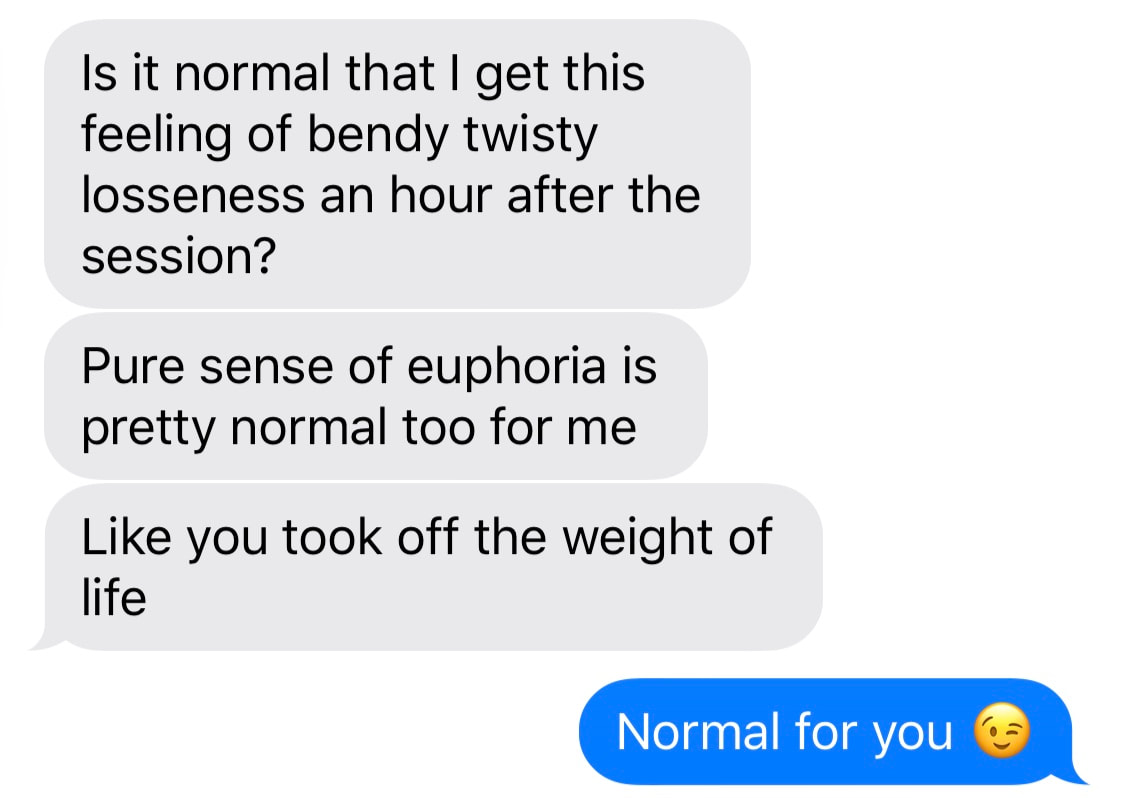
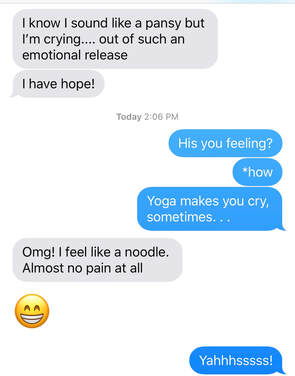
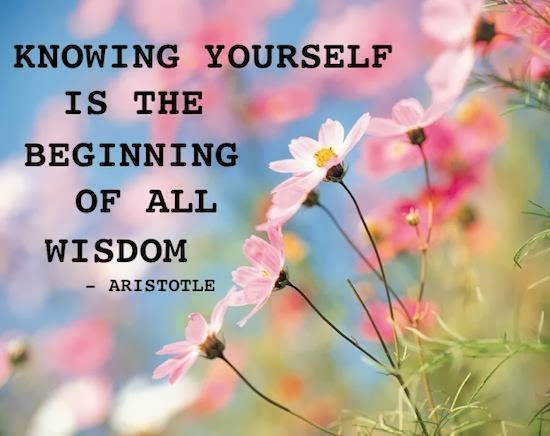
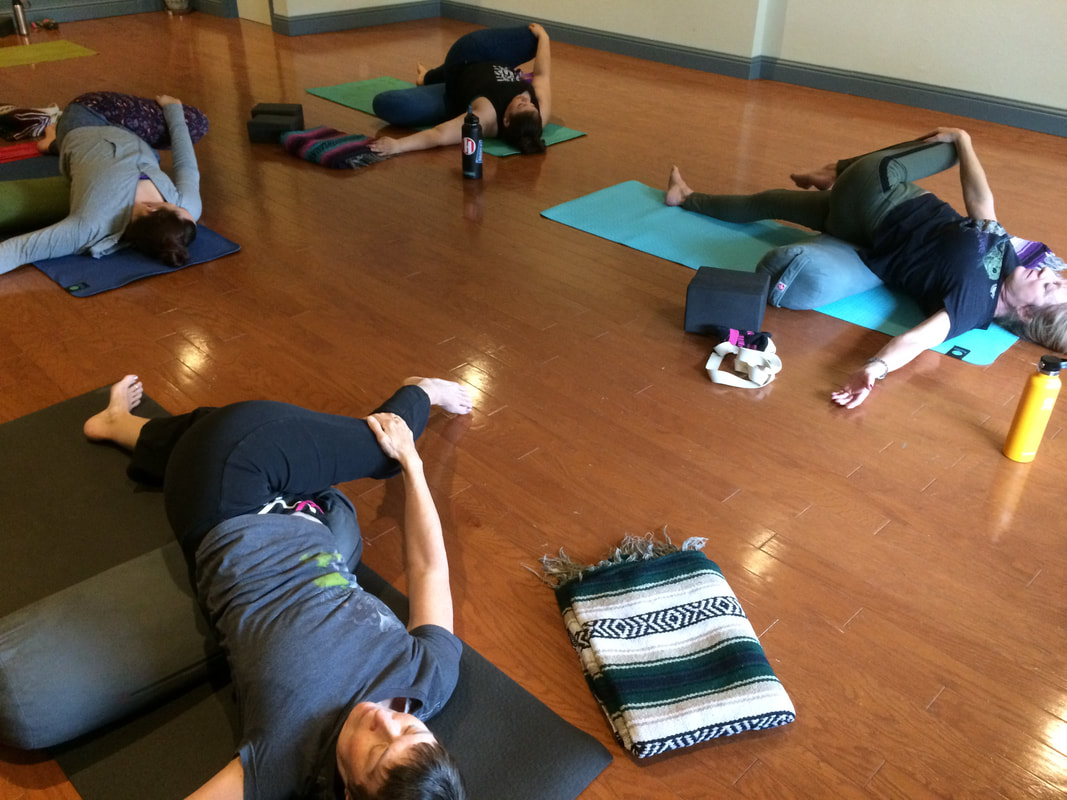
 RSS Feed
RSS Feed